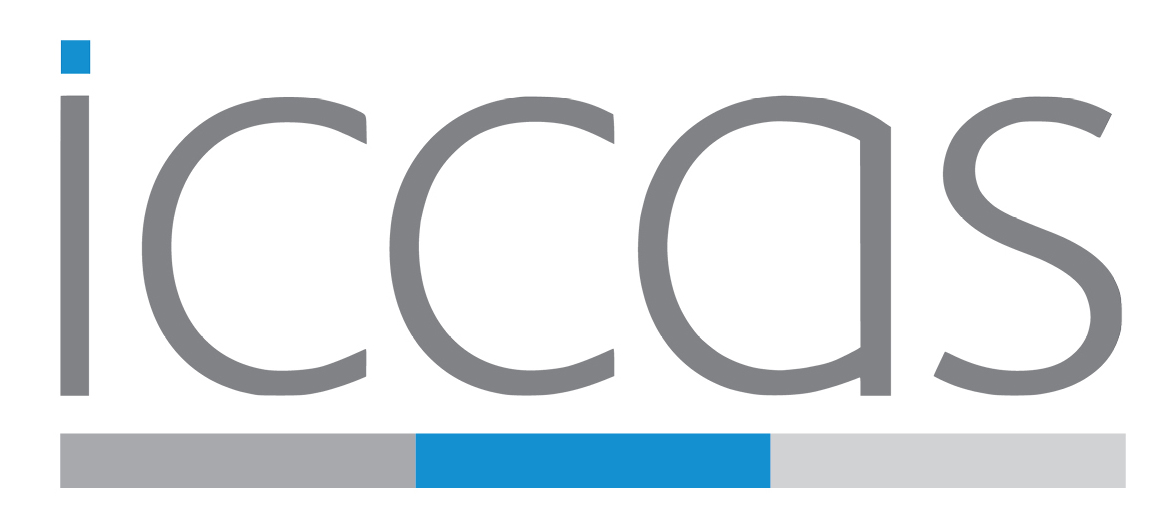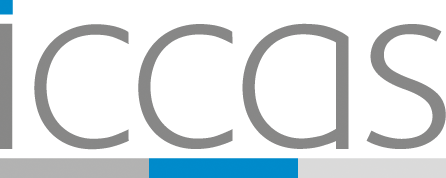21.06.2017
 SPIN
SPIN
‘Multiparametric Spectral Patient Imaging’ is a project in cooperation with the Diaspective Vision GmbH. The aim of the project is the development of a flexible and safely applicable monitoring system for several clinical use cases based on an innovative HSI camera. This new monitoring system will determine relevant parameters of cutaneous perfusion and surface moisture and appropriately visualizes them. Hyperspectral Imaging (HSI) is a combination of spectroscopy and digital imaging and divides the electromagnetic spectrum into many bands. Therefore, hyperspectral images provide more information per pixel than the results of every other imaging technology.
Thus, the treating physician can make use of a further informative approach for individual process assessment of the overall condition of the patient in several clinical environments. Such an advanced monitoring system for anesthesia is not available yet and constitutes a crucial clinical development.
28.10.2019
 MOMENTUM
MOMENTUM
In the MOMENTUM project, medical technology is being developed that can be used not only in the hospital (eg in the trauma room, operating theater, intensive care unit), but also in preclinical care at the scene of the accident and in the ambulance. (read more)
13.05.2019
 COMPASS
COMPASS
The surgical navigation process in minimally-invasive endoscopic surgery is time- and resource- constrained and conventional navigation assistance technology is reduced to a passive-supportive role. In the project COMPASS, a new technology for immersive assistance in minimally-invasive and microscopic interventions is developed to convert navigation systems into fully-acknowledged surgical actors. (read more)
 ENSEMBLE
ENSEMBLE
The project ENSEMBLE encompasses the development of a scalable and magnetic resonance-compatible cardiovascular system model. This closed-loop system shall be available as a self-contained trainings module, allowing the practicing of multiple surgical procedures, e.g. catheter-based operations. Using the developed model, future surgeons will be able to simulate realistic operations, so they can develop and expand their cognitive and motoric skills during the course of multiple practice sessions.
In order to present a trainings model, which is as realistic as possible, a pump, an artificial blood vessel tree and a blood-like fluid will be combined with auxiliary components. The developed system will allow for a simulated blood circulation, so that it will be possible to create an artificial operating situation, which immerses the trainee as best as possible. The deployed pump will be able to measure pressure, recognize changes in the pressure curve and adjust its regulation parameters automatically. Furthermore, it will be small, adaptable and powerful enough to drive the fluid inside of the circulatory system. This branched system will be composed of single arteries, capillaries and veins with additional valves, whose layout will be developed by an automatic segmentation algorithm. The permeability, thickness, elasticity and diameters of the artificial vessels will be comparable to their real counterparts. That way, the model shall provide a realistic reaction, when surgeons practice cuts or sutures with their instruments on it. The blood-like fluid, that the model is filled with, will possess a viscosity which shall be displayable to the user as well as adjustable to use-case-specific requirements.
21.06.2017
 PAPA-ARTIS
PAPA-ARTIS
The initial goal is to establish a general understanding of the coiling patterns and their impact on the convalescence of spinal perfusion and the clinical outcome. Initially, an extensible patient model needs to be developed including multi-modal imaging & procedure parameters, e. g. blood pressure, heart rhythm, CVP, rMAP as well as anatomical parameters, such as Crawford classification, calcification status and artery kinking. (read more)
17.06.2020
 AutoCuff
AutoCuff
Patients with tracheostomy tubes require devices for mechanical aspiration to extract solids and fluids that accumulate above the cuff balloon. In order to increase the success of the treatment and the patient’s health, the AutoCuff project aims to develop a new medical device that enables a more comprehensive care of the patient by means of digital control and monitoring functions as well as an interface for interoperable communication. By combining a cuff controller and a device for subglottic suction, the mutually influencing regularization cycles of the pressure management are to be coordinated to enable a gentler therapy. In order to support an efficient integration of the developed device into a clinical environment, the target system shall be equipped with an interoperable interface. The resulting communication between the system and other medical devices will contribute to the coordination of therapy-relevant parameters, which significantly improve the medical outcome of the treatment.
21.02.2020
 MPM
MPM
Healthcare is changing due to social challenges in the area of tension between cost efficiency through standardization and therapy effectiveness through personalization. Therapy-relevant information, for example in interdisciplinary oncological treatment, covers the entire range from omics data, imaging and laboratory values to the inclusion of living conditions. For efficient healthcare, the data must be available in daily clinical practice and decision support systems must seamlessly integrate into established clinical workflows.
The aim of the project is therefore to create a scientific and methodological basis for model-based, personalized cancer treatments that can be used in a large variety of clinical settings. The project addresses scientific questions in the field of knowledge modeling and data semantics as a starting point for the development of applications for personalized tumor therapy. So that we can provide a common understanding of work processes, patient data and decision-making processes as the basis for integration into clinical practice. The complexity of medical data and clinical processes requires the development of tailored applications for the respective clinical scenarios and user groups along the tumor treatment chain. The project demonstrates the applicability and added value of selected assistance systems as well as the integration of these applications based on interoperable models in cooperation with regional SME-partners and the clinical users.
10.06.2020
 ProDial
ProDial
Hemodialysis treatment affects only 0.1% of the total population. However, this complex, long-term and chronic procedure requires 5 to 10% of the total health care costs in industrialized countries. Although the treatment ensures life-sustaining detoxification, it does not prevent the 5 to 10 times higher mortality of those affected patients with end-stage renal disease compared to the general population.
Nowadays, quality and process control of hemodialysis treatment is based on a general evaluation of biochemical and procedural measures, which does not really influence the individual patient’s outcome in terms of mortality and dialysis tolerance. For this reason, the ProDial project aims to develop an individual analysis of the dialysis treatment and a personalized data generation and handling scheme. For this purpose, time-synchronous data of different dialysis aspects will be collected and evaluated. This includes patient and therapy characteristics, biomedical real-time feedback, process information and patient reported outcomes. Innovative and anonymized data collection methods, including the integration of portable personal devices and sensors, will ensure integrated, searchable and personalized data storage.
Novel mechanisms for finding significant correlations between the referenced data categories should enable the development of personalized real-time dialysis treatment procedures in the long term. These data-based algorithms can then be integrated into modern and intelligent dialysis centers and, thus, facilitate a truly personalized real-time treatment. Such a treatment would respond immediately to the individual co-morbidity and tolerability behavior of the patient.
05.06.2020
 AIQNET
AIQNET
Due to the new Medical Device Regulation of the EU, the requirements for reliable medical device data are continuously increasing. To prove their continuous safety and performance, a market observation of the products based on clinical studies is explicitly required, which also enables a comparative quality and performance evaluation. The market monitoring is expected to optimize the performance data of medical devices, but also to improve diagnosis and medical treatment. The acquisition, storage, and analysis of clinical data in compliance with the data protection regulations are essential for this evaluation. Currently, the market surveillance is often characterized by a lack of skilled personnel in industry and hospitals, cost pressure, legal uncertainty and IT systems with low interoperability.
These aspects will be addressed in the AIQNET project (Artificial Intelligence for Clinical Studies). With the help of artificial intelligence epidemiological, clinical, para-clinical and radiological data can be automatically analyzed and used for the performance evaluation of medical devices.
Therefore, a digital ecosystem that ensures compliance with legal and ethical frameworks through state-of-the-art architecture and security technologies will be conceptualized and developed in the project. Within the framework of the platform, a database will be created, which enables both the clinics and medical device manufacturers to use clinical data for research and development effectively and in compliance with the EU regulatory framework.
As part of the sub-project, ICCAS will develop a “Digital Patient Model” that integrates different perspectives on treatment and the patient. The aim is to improve AI-supported clinical quality and performance assessment based on previous knowledge about the patient and the treatment. This includes aspects of diagnosis and the disease, information on therapies and the specific characteristics of the patient.
13.05.2019
 LYSiS
LYSiS
The aim is to develop a new laparoscopic imaging system and supporting non-invasive intraoperative measures to increase the identification and classification of risk structures and lesions for visceral, transplantation, thoracic and vascular surgery based on the latest high-resolution HSI technology. (read more)




